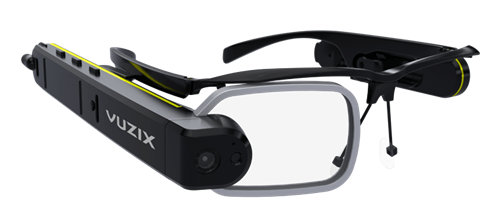SSZTAX2 september 2016
You’ve probably seen them wandering around your neighborhood. Perhaps you’ve witnessed a group of them at a local shopping center. With an estimated 20 million daily active users, smartphone-wielding Pokémon Go players are seemingly everywhere in a quest to “catch ‘em all.”
But what is especially notable about this game is how it is pushing augmented reality (AR) into the mainstream. Unlike virtual reality (VR), which completely envelops users in a unique and immersive computer-generated experience, AR delivers see-through informational content while keeping users visually rooted in their real-world surroundings.
With Pokémon Go, a smartphone with a high-resolution screen and camera has proven to be the perfect vehicle to deliver AR to the masses. AR’s jump to gaming is probably not the first time consumers have had a chance to experience the technology. Many furniture retailers and home improvement centers, for example, offer AR smartphone applications allowing you to see how a new sofa or paint color will look in a room before making a purchase.
Despite the success of Pokémon Go, it remains a fairly limited form of AR because of the inherent technical specifications of modern smartphones. While AR imagery seen on a smartphone screen is certainly compelling, it does not deliver the technology’s full potential, which by some forecast estimates could grow into a $90 billion market by 2020.
It’s Time to Level up the AR Experience
In order to unlock all the possibilities for AR, new hardware solutions like wearable displays (also known as head-mounted displays or near-eye displays) are required.
An advanced wearable display will deliver a more convincing AR experience, because the virtual images – in the case of Pokémon Go, pictures of the various creatures you can collect and battle – will appear to “float” in a user’s field of vision, instead of just being displayed on a phone screen.
As with any technology solution, developers and product engineers will face some tough design decisions when developing displays for AR applications.
Wearable displays should be light enough that users don’t notice they are even wearing them, the Vuzix M3000 Smart Glasses are a great example of this (see image below). At the same time, they will need high resolution, sufficient contrast ratio, and a large field-of-view (FOV) to make the virtual content look as convincing as possible. Then there are considerations around processing power and battery life.

Enabling a Brighter Future for the Possibilities of AR
At TI, I work with a team that has created a spectrum of compelling solutions designed to help developers create the next generation of wearable displays, including DLP® technology featuring low power consumption, high brightness and contrast, outstanding image quality, fast refresh rates and low latency.
Still, balancing these technical requirements and making the first wearable AR display product to break into the mainstream market will not be easy. But already, other wearable devices for VR and immersive displays have emerged such as the Avegant Glyph display.
Thanks to the overwhelming success of the Pokémon Go app, which has been downloaded 100 million times and counting, the development of this kind of technology seems more relevant – and more likely to succeed – than ever before.
For more information of how you can use DLP Pico technology for wearable displays, including AR, visit our site and download our white paper.